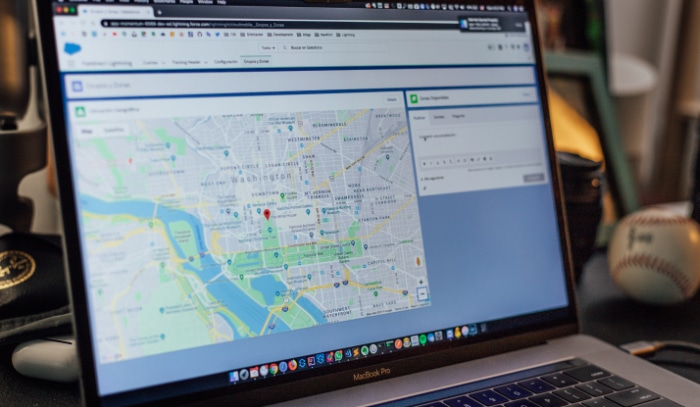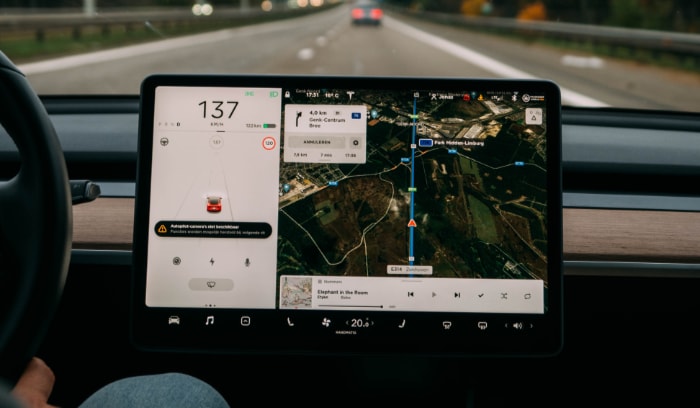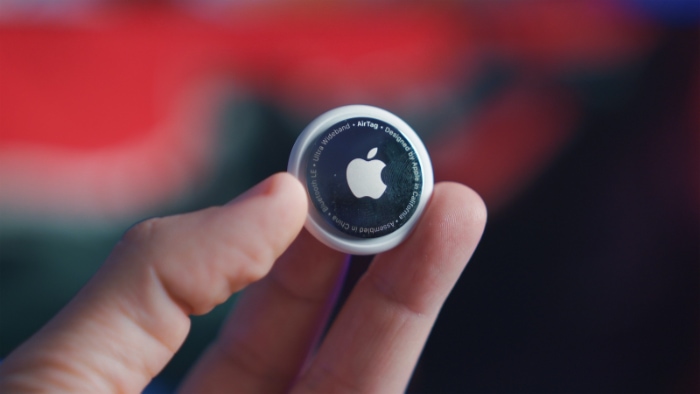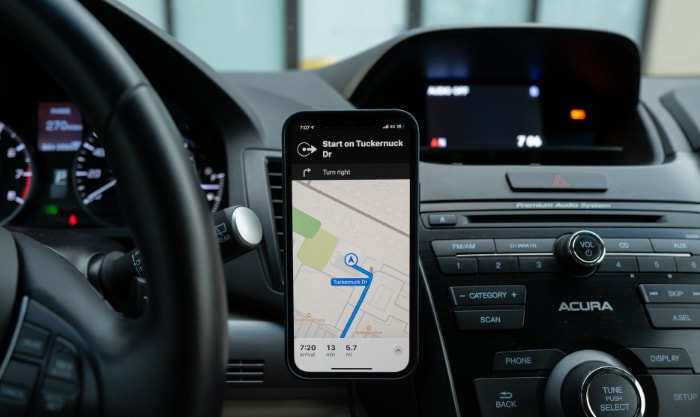What Is GPS Tracking and How Does It Work?

Today GPS technology has become an integral part of everyday life and is ubiquitously common in our cars, mobiles, and even watches.
Every day most of us rely on the convenience it provides without even knowing what it is and how it works.
In this article, we will look at what GPS tracking is, how it works, the types of GPS, and what GPS is used for so that you can appreciate this technology that you take for granted every day.
What Is GPS Tracking?
The Global Positioning System, or GPS, is composed of a network of satellites that orbit the Earth using satellites in Earth’s orbit and equipment that can pinpoint the precise location of an item or person on the planet.
Originally developed during the 1960s for military applications, the technology was made widely available in 1983.
Nowadays, it has various uses, such as providing directions to drivers and performing military exercises.
What Exactly Is a GPS Tracker?

A GPS tracking device is a type of portable device that can be used to supervise and pinpoint a person’s location. The devices are ubiquitous in vehicle tracking systems but are now also included in smartphones to help navigate around the world.
Unlike in-car navigation systems, GPS tracking devices use GPS technology to keep track of a vehicle’s location and trip history. The data collected by the devices is then sent to a computer or a tablet.
How Does GPS Tracking Work?
GPS trackers use a process known as trilateration to determine a person’s location using the position of several satellites.
The satellites’ position and the device’s distance from them are used to determine various details such as longitude, latitude, elevation, and time.
A GPS tracker can be powered by various components inside a vehicle, such as an onboard diagnostics cable, a cigarette lighter, and an internal battery. The data collected by the device is then sent to software that allows users to analyze and visualize its data.
Some of these devices are active trackers, which allow users to view their global positioning data in real-time.
A passive GPS tracker is usually less expensive than an active one. It only stores the data collected by the device for later viewing.
Types of GPS Systems
A GPS tracking system can be used in various ways. For instance, some systems will store the data collected by the device within the GPS. Others will send the data to a central database using a modem.
There are two main types of GPS tracking: active GPS tracking and passive GPS tracking.
Active GPS Tracker

Active GPS trackers can be used to monitor a person’s location in real-time using various devices, such as mobile phones, smartwatches, or personal computers. They can also provide various statistics, such as the time in use and the distance traveled.
The cost of an active GPS tracking system can be higher than a passive GPS device, primarily because it requires a stable connection to a cellular network to function properly.
This means that an active GPS requires a SIM card to operate.
Passive GPS Tracker
One of the biggest differences between a passive and an active GPS device is its ability to send and receive data in real-time.
While an active GPS device can transmit data, a passive GPS device can record data on a memory that can be accessed by a computer. Some devices can also display a map in real-time, but they cannot send this data to a separate device.
Unlike an active GPS device, a passive GPS device doesn’t require a connection to a cellular network to transmit data. These devices can include various types of gadgets, such as GPS watches and navigation devices.
The data collected by a passive GPS tracking system can be used to track an individual’s location and activities based on specific events.
It can log data on the device’s location in the past 12 hours. The information collected by the device is then sent to a computer to be analyzed later.
A passive GPS is designed to send data continuously to a central database. This type of system can be used in commercial applications, such as keeping track of the location of a caregiver’s child or elderly relative. It can also monitor employees’ driving habits to improve the efficiency of a company’s operations.
What Is GPS Tracking Used For?
Military Use
The military initially developed GPS before it trickled down into other technologies like smartphones and car navigation.
To this day, the military continues to rely heavily on GPS for a variety of tasks, including tracking the whereabouts of troops, piloting aircraft, and navigating ships.
This is especially important for military units conducting missions at night or in unexplored territory.
Rescue Missions
The tracking capabilities of GPS are often used in search and rescue missions. It assists search and rescue teams in keeping track of the locations they have searched and even allows them to obtain information from the smartphone or GPS device carried by a missing person.
Some smartphones these days are even incorporating satellite communication to be relied on if the person ever gets lost in an area without wifi or cellular signals, which is enabled using GPS technology.
Vehicle Tracking
Fleet managers can use GPS tracking technology to monitor the activity and locations of their vehicles, as well as improve the efficiency of their operations.
By installing devices on their vehicles, they can check their drivers’ status and locations, as well as improve the efficiency of their fleet.
GPS tracking systems are also helpful in improving safety and efficiency by keeping track of the locations of their vehicles.
Optimizing Routes

Most mobile-based apps use GPS tracking and help drivers navigate to their location as efficiently as possible.
These applications do this by showing all possible routes leading to the intended destination, showing real-time traffic along the way, suggesting shortcuts and alternate routes, and even accurately predicting the time it will take to reach the destination with each route given the traffic.
This has made transportation extremely efficient and comparatively time and cost-saving.
Recreational Activities
Most wearable tech, such as watches that are used for hiking, biking, and running, use GPS tracking to provide users with information about their activities, such as their speed, distance traveled, and wherever they are in the wilderness.
Due to the rise of smartphones, GPS tracking has become an integral part of almost every person’s life.
Now the technology is even used, such as in augmented reality games and map applications that enable you to see parts of the world in first person POV. The use of this technology will grow wider in the coming years.
Summary
GPS tracking was a technology invented by the military for operations. Still, the technology has been widely adopted worldwide and has trickled down into contemporary gadgets enabling the conveniences that we enjoy today.
GPS devices work by communicating with the satellites that are orbiting the Earth and estimating location based on the distance and time taken for that communication. The precision of the estimated location relies on the type of GPS tracking in consideration.
There are two main types of GPS tracking:
Active: that uses cellular towers to monitor precise location in real-time
Passive: sends data to a central database for it to be analyzed later
Contemporarily, the kind of GPS tracker depends on the activity it is used for, e.g., car navigation apps use active GPS tracking, while most smartwatches use passive GPS tracking.
Despite the type, it is no doubt that the modern world would be far different and less efficient without this technology.


